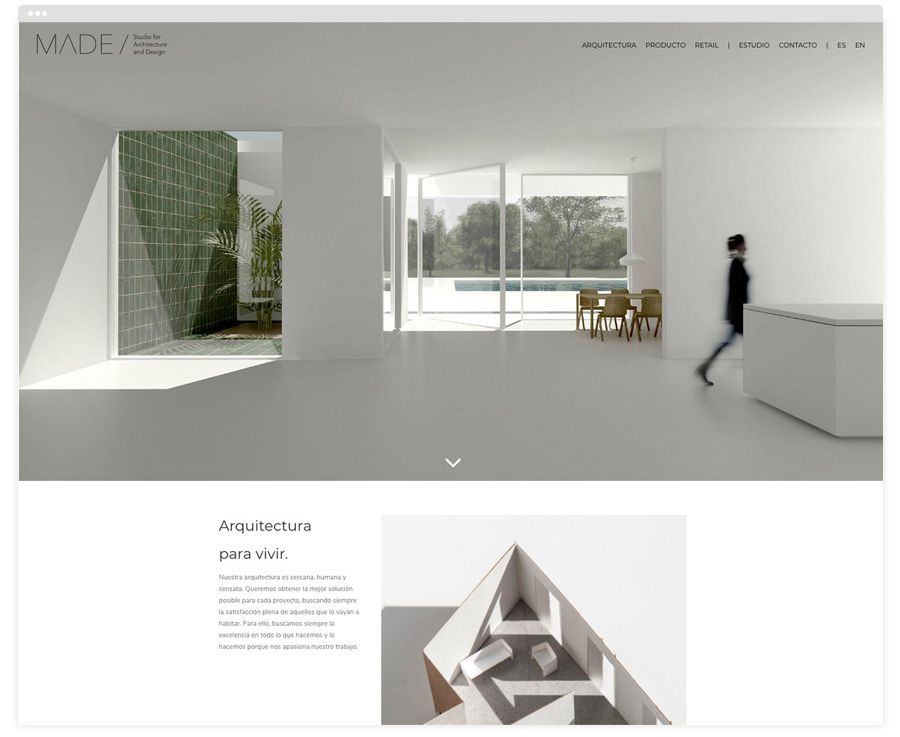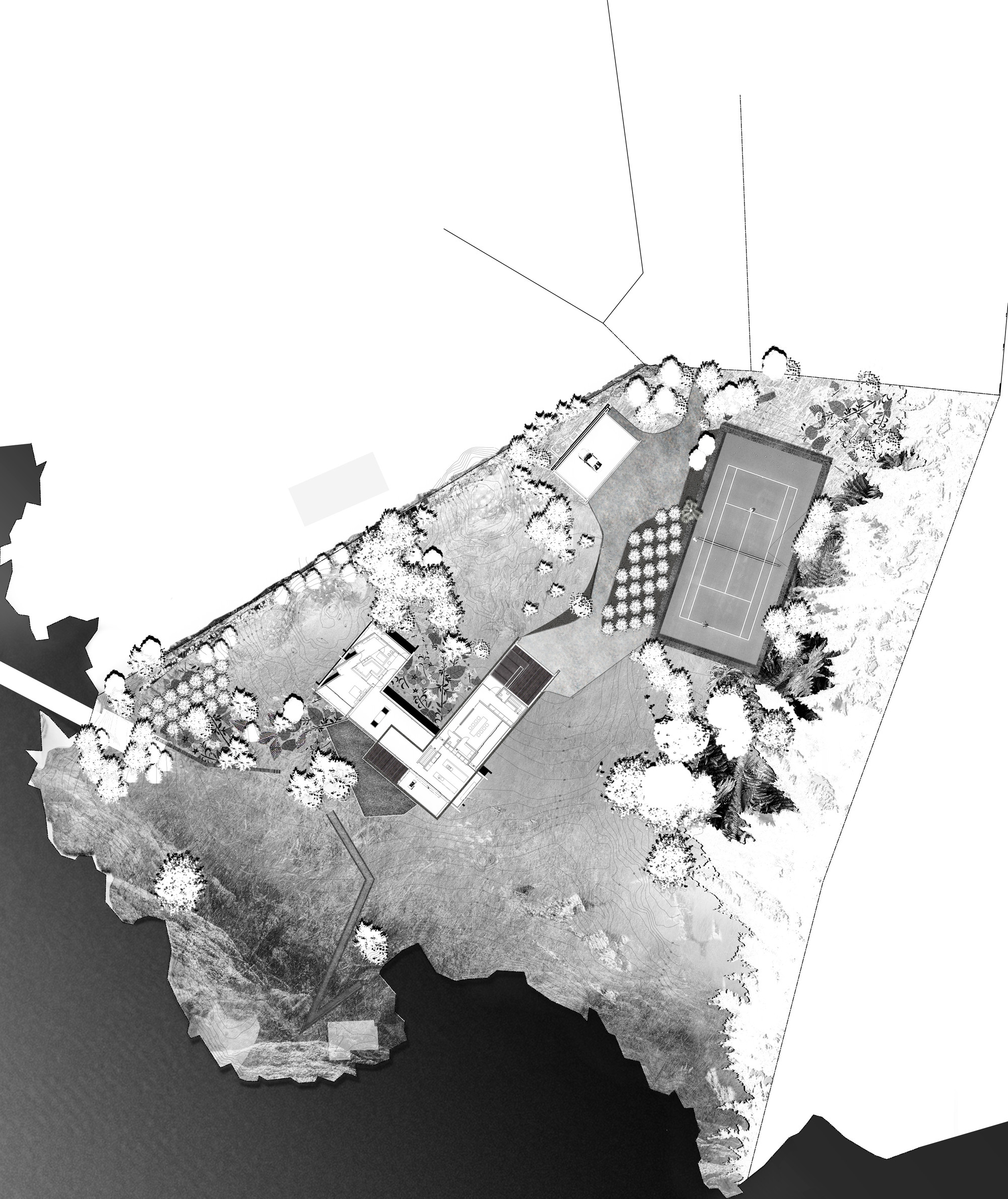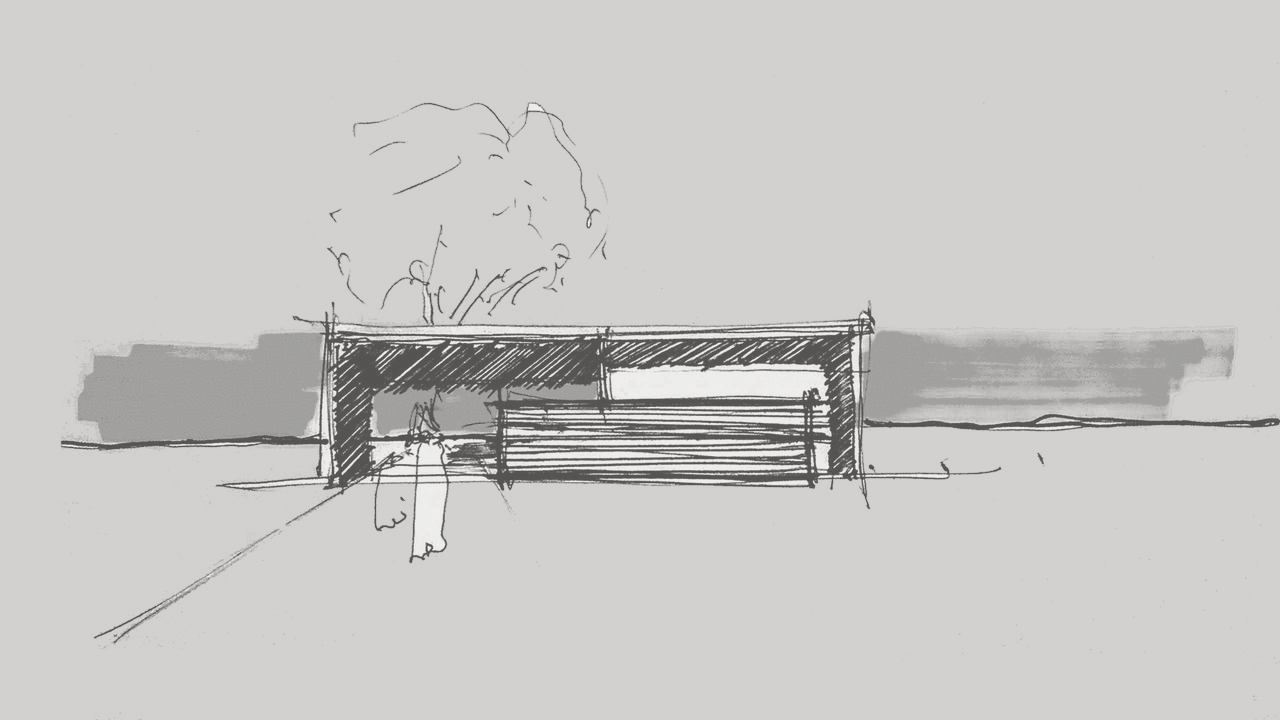
As an architect, building your online presence is vital to your success in today’s digital age. And what better way to showcase your work than through a portfolio website? The good news is that creating one is not as daunting as it may seem, and the benefits are numerous. In this article, we’ll explore some tips for creating an architecture portfolio website that will help you stand out from the crowd and captivate visitors.
Building your online architecture presence
Building your online presence as an architect involves more than just creating a website. It’s about establishing yourself as an authority in your field, engaging with your audience, and showcasing your work in a way that resonates with them. Start by creating a website that reflects your brand and personality. Choose a domain name that is easy to remember and resonates with your audience. You should also consider creating a blog where you can share your thoughts on architecture, design, and related topics.
Designing a portfolio that stands out
Your portfolio should be a showcase of your best work, and it should be designed in a way that reflects your style and personality. Start by choosing a layout that is easy to navigate and visually appealing. Use high-quality images and include a brief description of each project. Don’t be afraid to include sketches, drafts, and other behind-the-scenes work that will give visitors a glimpse into your creative process.
Captivating visitors with your work
The key to captivate visitors with your work is to tell a story. Instead of simply showcasing your projects, talk about the challenges you faced, how you overcame them, and the results you achieved. Use images, videos, and other multimedia elements to bring your projects to life. You should also consider including testimonials from satisfied clients or colleagues.
Making your portfolio user-friendly
A user-friendly portfolio is essential to ensuring that visitors stay on your website and explore your work. Start by organizing your projects in a clear and logical way. Use a search bar or filters to help visitors find what they are looking for quickly. Make sure your website is optimized for mobile devices, as more and more people are using their smartphones and tablets to browse the web.
Creating an architecture portfolio website is a great way to build your online presence, showcase your work, and connect with potential clients. By following these tips, you can create a portfolio that stands out, captivates visitors, and is user-friendly. Remember, your website is a reflection of your brand and personality, so make sure it represents you well. With a little effort, you can create a portfolio that will help you take your career to the next level.
How to Optimize Your Design Portfolio Website for Maximum Visibility
Having an online portfolio is essential for any designer looking to showcase their work and attract potential clients. However, simply having a portfolio website is not enough. To ensure maximum visibility, it is important to optimize your portfolio website for search engines. Here are some tips to help you do just that.
1. Choose the Right Domain Name: Your domain name should be easy to remember and relevant to your work. It should also include keywords that are related to your field of design.
2. Use Keywords Strategically: When writing content for your portfolio website, use keywords that are related to your field of design. This will help search engines find your website more easily.
3. Optimize Your Images: Make sure to include relevant keywords in the file names of your images. This will help search engines index your images and make them more visible.
4. Use Internal Links: Linking to other pages on your website will help search engines crawl your website more easily. This will also help visitors navigate your website more easily.
5. Submit Your Website to Search Engines: Once your website is ready, submit it to search engines such as Google and Bing. This will help search engines index your website more quickly.
By following these tips, you can optimize your portfolio website for maximum visibility. This will help you attract more potential clients and increase your chances of success.
Conclusion
Starting a design portfolio website can be a daunting task, but with the right steps and guidance, it can be a rewarding experience. By following the 10 steps outlined in this article, you can create a professional and attractive portfolio website that will showcase your work and help you stand out from the competition. With a little bit of effort and dedication, you can create a portfolio website that will help you land your dream job or freelance gig.


